Officially nicknamed “The Volunteer State” as well as the “Big Bend State” and the “Hog and Hominy State,” Tennessee was the 16th state to join the United States of America on June 1, 1796.
It has a population of 6,829,174 people (as of 2019), making it the 16th most populous state.
Tennessee is bordered by the states of Virginia, North Carolina, Missouri, Mississippi, Kentucky, Georgia, Arkansas, and Alabama.
With a total of 42,143 square miles (109,247 square kilometers) of land and water, it is the 36th largest state.
The capital of Tennessee is Nashville, which is located just north of the state’s center.
That’s enough fast facts about The Volunteer State; let’s jump on these 15 tantalizing facts about Tennesee!
People have been living in Tennessee for more than 12,000 years!
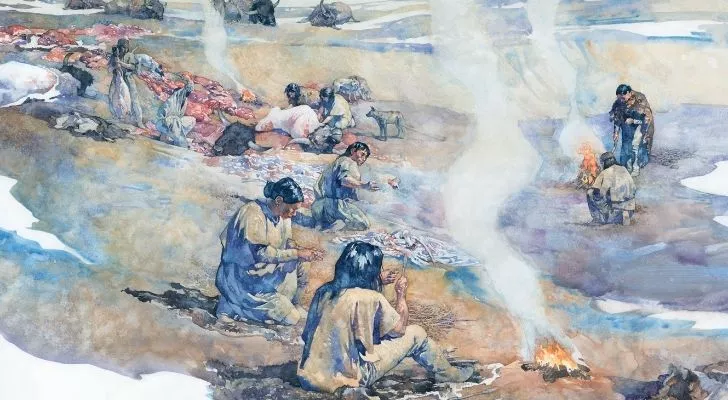
It’s commonly believed that the first group of people to inhabit North America arrived sometime around 15-13,000 BC.
The Paleo-Indians came from the far east of modern-day Russia across the Bering Strait into what is now the westernmost point of Alaska.
From here, they spread across the land, constantly searching for better hunting grounds and a more suitable climate.
Over the following few thousand years, the Paleo-Indians split up and came to live across the continent.
By around 10,000 BC, their descendants made their way to modern-day Tennessee, where they first lived as hunter-gatherers.
One of the earliest signs of human activity in the region comes from a 12,000-year-old mastodon skeleton which shows clear signs of being taken down by these early nomads.
There were at least seven different tribes living in Tennessee when Europeans first arrived.
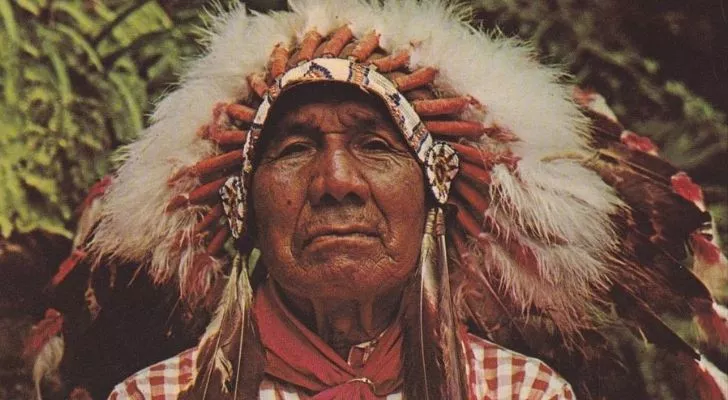
Like all other US states, much of the pre-European history of the land is quite hazy, as many Native Americans died either from infectious diseases brought by the Europeans or from the conflicts which followed their arrival.
Little effort was put into recording much detail of these original inhabitants as they were at first considered to be an inferior race.
From what we can tell, at least seven different tribes have lived in Tennessee at some point, including the Seneca, Shawnee, Cherokee, Choctaw, Chickasaw, Yuchi, and Muscogee (Creek).
By the 18th century, the only remaining Native Americans in the region were the Cherokee.
The first Europeans to explore Tennessee were Spanish.
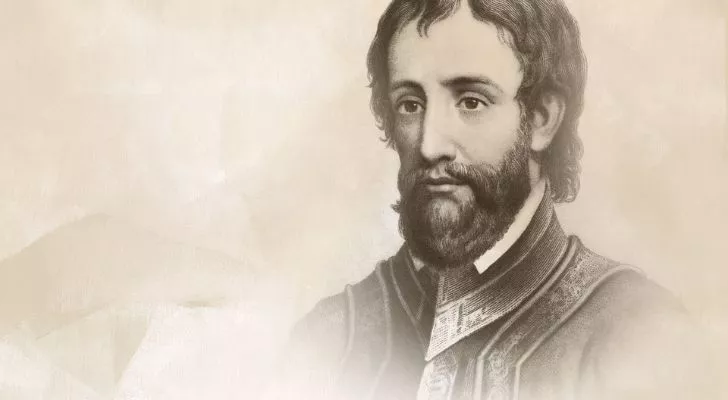
The famed explorer and conquistador Hernando de Soto briefly passed through modern-day Tennessee in June 1540.
He did not stay long, merely resting in a village for a few weeks before moving on to what is now the state of Georgia.
Soon after, in 1559, another Spanish explorer and conquistador, Tristán de Luna, led an expedition into the region to aid one of the local chieftains in their attempts to put down a rebellious tribe.
Yet another Spanish explorer named Juan Pardo led an expedition into the region but was forced to turn back after a short period of time.
One of Pardo’s men even established a fort in the region, making it one of the five Spanish forts established by 1569.
By 1569, every single fort was wiped out by the local people.
The origin of Tennessee’s name goes back to the first Spanish expeditions into the region.
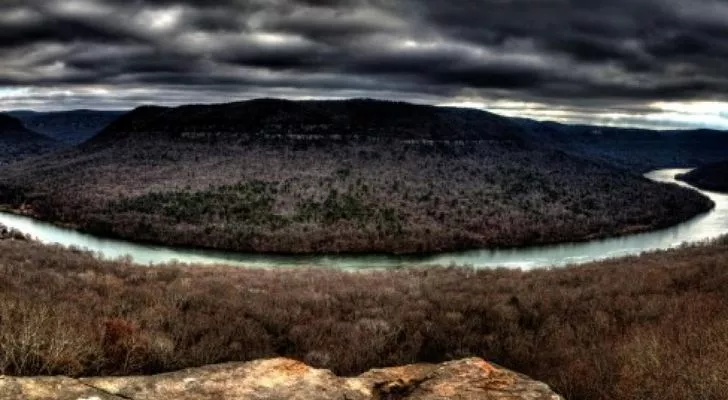
Back in 1567, when Juan Pardo and his men made their way through modern-day Tennessee, they came across a village that the locals had named “Tanasqui.”
Much later in the 18th century, when British traders passed through, they encountered a village named “Tanasi,” which was added to the region maps.
It’s actually unlikely that these villages were the same, but over time, Tennessee’s name was adapted from them nonetheless.
In terms of the meaning, it’s all but lost to time.
The few possible meanings, while dubious, include “winding river,” “river of the great bend,” or “meeting place.”
The first recorded spelling of the word Tennessee as it is today is found within the correspondence of the governor of South Carolina in the 1750s.
Tennessee was once a part of North Carolina.
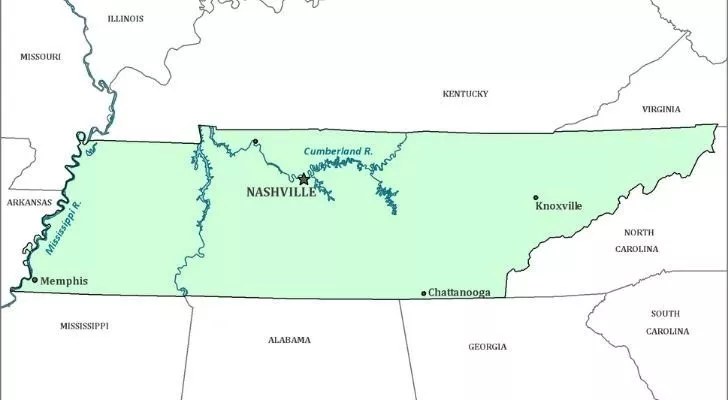
It wasn’t until the mid to late 18th century that the first permanent European settlers arrived to stake out a claim in Tennessee’s wilderness.
Before the American Revolution, the land we now know as Tennessee was largely untouched by Europeans and governed from a distance by the Province of North Carolina.
Following Britain’s defeat, the new state of North Carolina wanted little to do with this wild expanse and ceded their lands to the west to the federal government.
In 1790, this area was designated as the Territory South of the River Ohio, or the Southwest Territory.
Soon after, in 1796, the Southwest Territory was admitted to the union as the state of Tennessee.
Tennessee relied heavily on enslaved people up until the late 19th century.
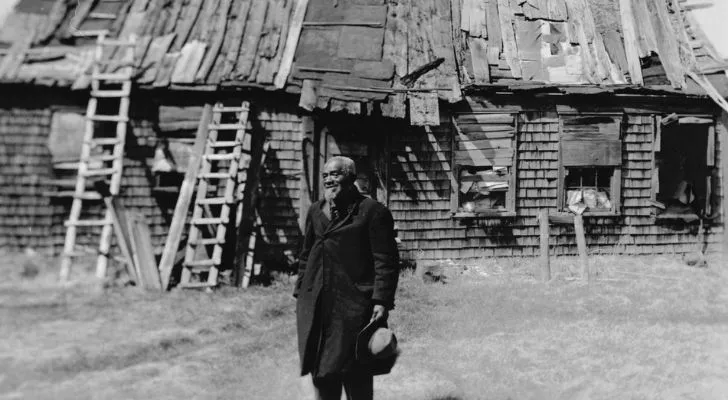
By 1860, Tennessee had undoubtedly become a slave state, with some 25% of the state’s population comprising enslaved African Americans.
The use of slavery wasn’t as widespread throughout the state, though.
Most enslaved people were concentrated in West Tennessee, followed by Middle Tennessee.
East Tennessee relied less on enslaved people and tended to be subsistence farmers rather than planters.
Tennessee was a divided state during the American Civil War.
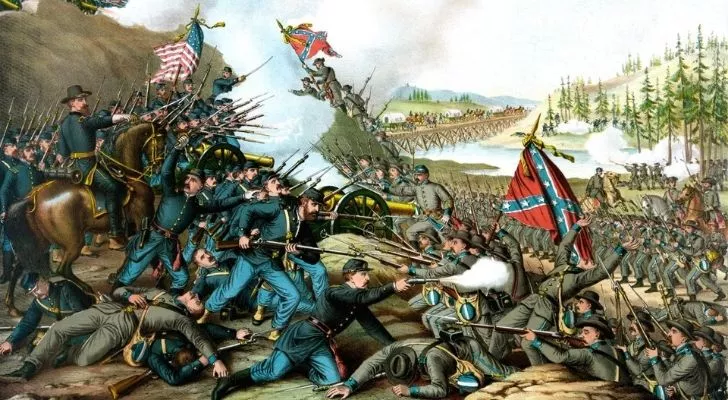
Just as East Tennesseans relied less on enslaved people, so too were they less than thrilled at the thought of leaving the Union and joining the confederacy.
The state was averse to breaking away from the new US government, with the state’s voters initially voting against secession.
What ended up tipping Tennessee towards the Confederacy was Abraham Lincoln’s call for volunteer troops, an act which showed clear signs of aggression towards the southern states.
Even still, the people of East Tennessee rathered their chances on the side of the Union and attempted to secede from Tennessee and form their state.
Their attempts were shut down, and the region was placed under tight military control.
Until 1976, it was illegal to teach the theory of evolution in Tennessee schools.

On March 25, 1925, the Butler Act was passed, a law forbidding the teaching of evolution in Tennessee’s public schools.
It was never thought to affect the state’s education, but it was passed nonetheless to satiate those who were backing it.
The law came to national attention when the American Civil Liberties Union staged a trial by convincing high school teacher John Scopes in Dayton to admit that he had taught evolution to his students and thus broke the law.
The trial drew so much attention as some of the best lawyers in the country were hired for both sides, and the case itself was broadcasted over the radio.
Scopes was eventually found guilty of the crime and was fined $100.
The law was soon forgotten for the most part and was eventually repealed in 1967.
Tennessee has an official rap song, and it’s everything you would expect.

Tennessee, as a whole, is no stranger to official state songs. After all, the state has more official state songs than any other US state.
In addition to the nine official state songs, Tennessee also came out with a rap in 1996 to celebrate the state’s bicentennial.
Its name, “A Tennessee Bicentennial Rap: 1796 to 1996,” is quite the mouthful, but that’s nothing compared to the actual song.
The masterminds behind the state’s Official Bicentennial Rap thought it would “provide a fun and easy way for citizens and students to learn and retain some of [the] state’s history.”
Unfortunately, it’s so bad that all it provides is a sense of amusement and pity. You have to check it out yourself to understand…
Mountain Dew was invented in Tennessee as a drink to mix with moonshine.

Mountain Dew was a nickname for moonshine, an un-aged simple distilled alcohol that gained popularity during the Prohibition era.
Mountain Dew, the soda that is, was the brainchild of the brothers Ally and Barney Hartman, who created it in 1940 to mix with moonshine to give it a better taste.
Originally a simple lemon and lime soda, it grew in popularity to the point that in 1948 the brothers trademarked the name, giving birth to the Mountain Dew brand.
Tennessee is home to the best-selling whiskey in the world.

We are, of course, talking about the one and only Jack Daniels whiskey.
It was first created in the 1870s by the whiskey’s namesake, Jack Daniels, when he wanted to make a whiskey that he would be proud of.
It took quite a while for the Jack Daniels brand to take off, though.
It wasn’t until the 1950s that whiskey began to be recognized appropriately.
By the 1970s, Jack Daniels whiskey entered the global market, popularized by musicians such as Frank Sinatra, Keith Richards, and Slash.
These days, it contends hotly for the best-selling whiskey in the world, often pulling ahead of falling just short of Johnnie Walker.
Elvis Presley’s home in Tennessee is one of the most visited houses in the US.

It’s easy to see why this humble mansion is the second most-visited house in the US, losing out only to the White House.
In 1957, Elvis Presley purchased an estate known as Graceland in Memphis to gain a little more privacy.
Before moving in, he renovated the interior to be something much more fit for the King of Rock N Roll, including customized music-themed wrought iron gates and a “jungle room” equipped with a green shag carpet and a decorative waterfall.
It’s fitting that Graceland became the final resting place for Elvis Presley and was officially made a National Historic Landmark in 2006.
Tennessee’s Great Smoky Mountains National Park has more visitors annually than any other US National park.

To start with, it certainly helps that it’s one of the only US National Parks that allows visitors to enter without charging them a fee.
Nestled along the border between Tennessee and North Carolina, the Great Smoky Mountains National Park abounds in incredible natural beauty and wildlife.
Here you’ll find black bears and an incredibly diverse variety of salamanders.
Another big draw for the park is the history of the place, as it’s in the heart of the Appalachian Mountains and is full of historic buildings.
Ironically, the man who invented the cotton candy machine was a Tennessee dentist.

The spinning of melted sugar to create sweet treats has been around for centuries.
Still, everything changed when dentist William J. Morrison teamed up with John C. Wharton in 1897 to create the world’s first electronic cotton candy machine that made the process infinitely more delicious.
It was an instant hit at fairs all over the country, particularly at the 1904 St. Louis World’s Fair.
It wasn’t always called cotton candy, though. This sugary treat was first sold as fairy floss until around the 1920s.
Interestingly, it’s still known as fairy floss in Australia and candy floss in the UK.
One of the US’ most famous folk heroes was from Tennessee.
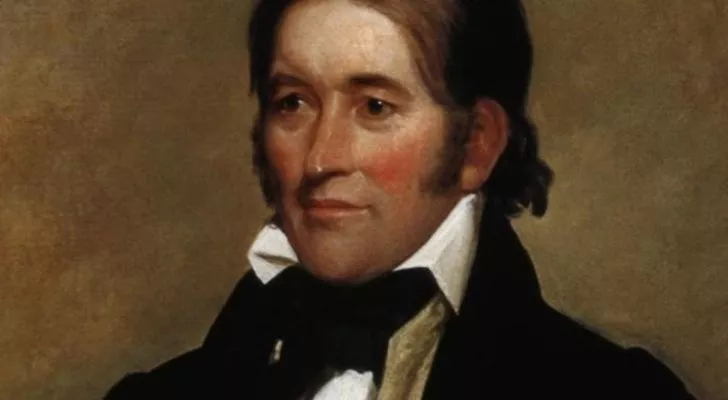
Davy Crockett is well known in many places across the US, even today, as the tales of his life were so full of wonder and adventure.
Many of them are most likely tall tales spread by the famous “King of the Wild Frontier” himself, though.
In reality, Davy lived a relatively ordinary life on the frontier before becoming a soldier and later a politician.
During this time, he spun many glorified tales of his life on the frontier, which eventually created a legendary character much unlike the real man.
The two real and fictional characters merged at the point of Davy Crockett’s death when he was vanquished while valiantly trying to defend an outpost during the Texas War for Independence.
If you want to get a real taste of frontier history, there’s no better place to go than Tennessee.
Going to places such as The Smoky Mountains National Park and the Appalachian Mountains will instantly transport you to a bygone era.
While Tennessee is a different state today, it’s easy to get a real sense of the US’s early history here.












